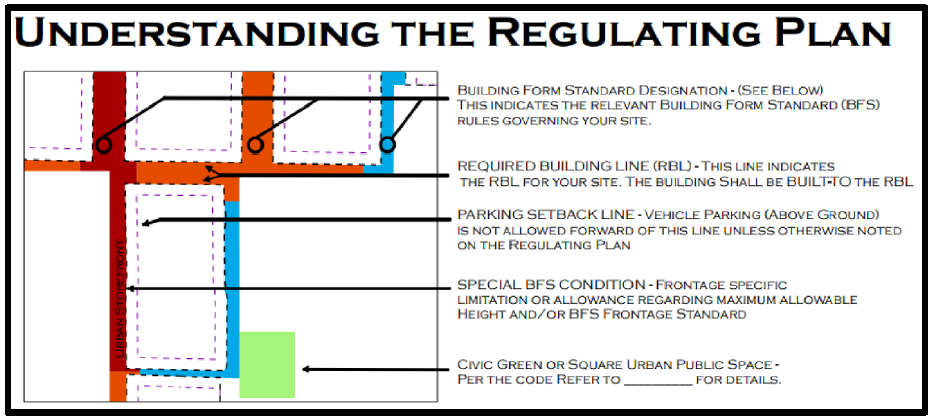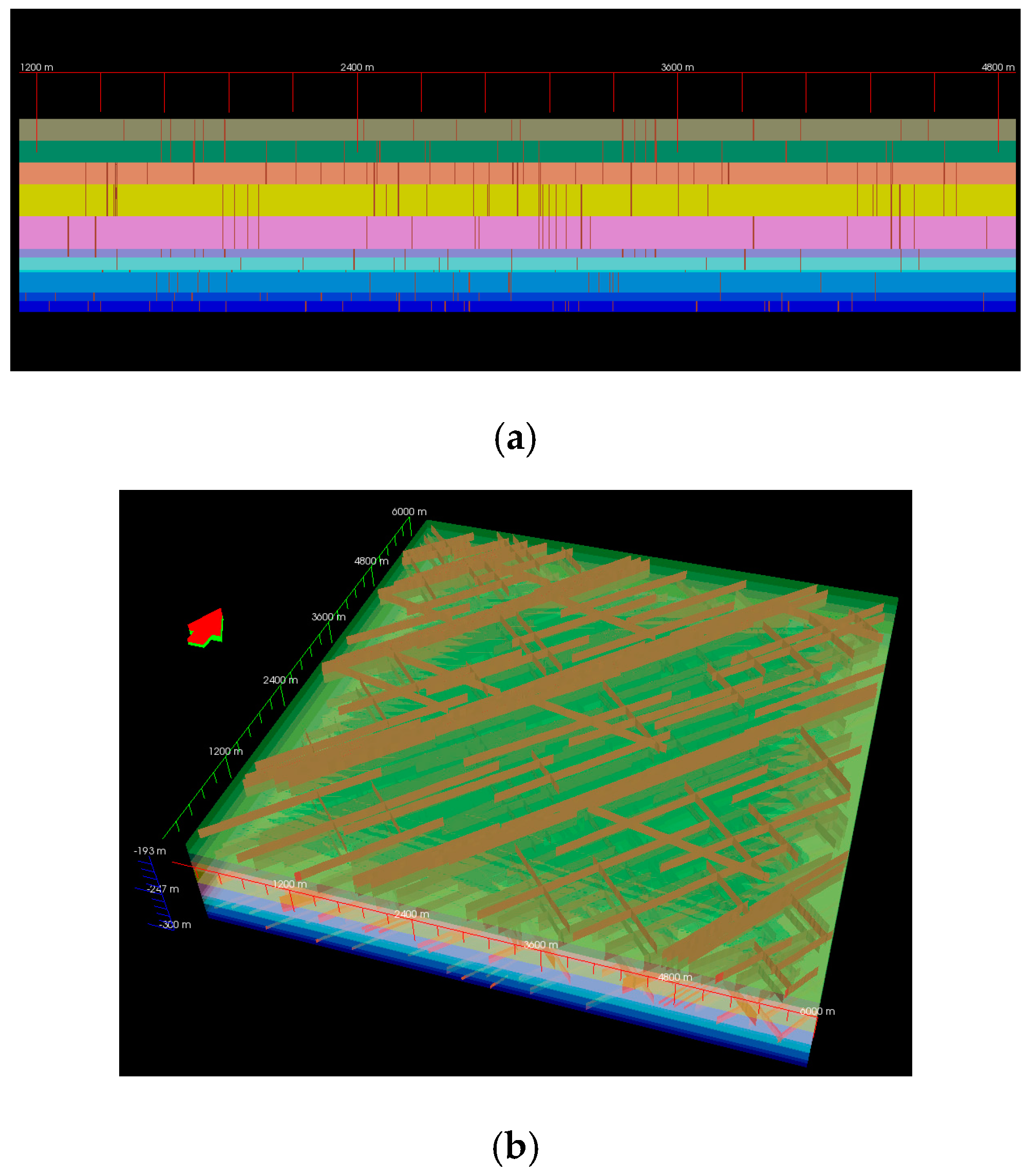They have the advantage of having a small profile so they obstruct wind much less than most other roof vents.
Convex wind over ridge vent drives water into attic.
They range in style from 6 inch round stainless steel vent covers that are placed in the soffit between each rafter to continuous vents that run the entire length of the soffit.
These vents are installed in the soffit the enclosed portion under the roof overhang and permit air to flow up under the roof and into the attic.
Even a partially dislodged ridge vent can begin to act like a scoop that collects wind driven rain and directs it into the attic.
The building codes and building science for.
A turbine works better than the ridge vent during the winter to help prevent ice dams when deep snow can block ridge vents.
The idea of roof vents existed for hundreds of years with natural vents employed in chinese buildings during the tang dynasty natural ventilation ducts in the buddhist monks caves and wind catchers incorporated in arabian architecture.
Roofing nails are usually too short and will not hold well during a strong wind storm.
The rigid plastic vents generally work well so the problem may be.
It is mounted over a hole cut in the roof near the ridge and has a louvered donut or dome shaped top mounted on a cylinder.
Here s leonard from aldine writing to us.
Years of research prove that a ridge vent with external baffles and an internal weather filter combined with undereave venting is the most efficient system you can install.
Obviously we re all over the place.
He says he wants to know tom is it true that ridge vents allow rain to be blown into your attic.
Vent roofs with steeples towers or cupolas can be found in different buildings from barns to cathedrals.
Ridge vents a ridge vent runs the entire length of the roof peak blending into the roofline for a more attractive home.
Most professionals recommend screwing the ridge vent to the roof.
They re all over the last.
Ridge vents are vents placed over gaps of roof sheathing about 1 1 2 wide on each side of the roof peak that provide an outlet for hot air to exit the attic.
They work best when paired with the soffit ridge vent system as part of a balanced system.
As well homeowner s may need to check for proper installation of their ridge vent.
Ridge vent fasteners should always be fastened into the rafters usually every 16 to 24 inches.
A improper installation or b some roof feature which is directing the wind and rain into that part of the vent.
Ridge vents are little vented hats.
N most roofing manufacturers now make ridge vents that have passed wind driven water tests.

































